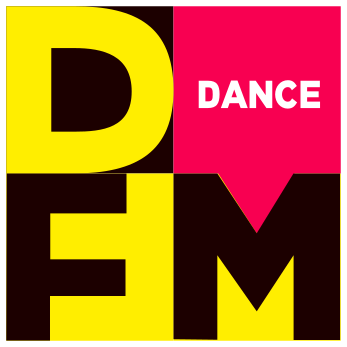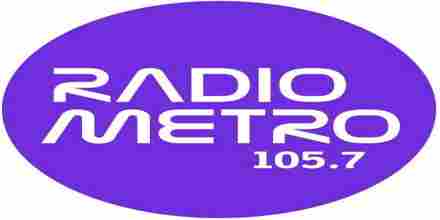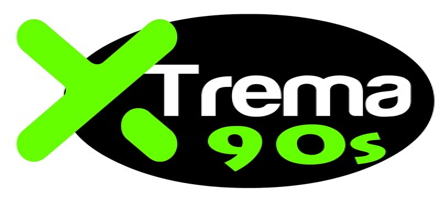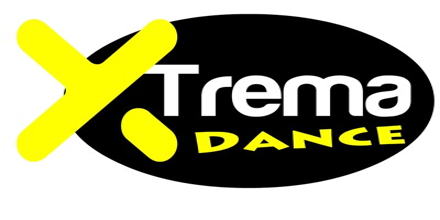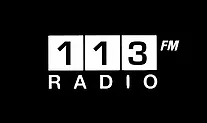Dance music is an expansive and dynamic genre that has evolved significantly over the decades, encompassing a wide array of sub-genres and styles. At its core, dance music is designed to inspire movement and create a lively atmosphere on the dance floor. It is characterized by its repetitive beats, electronic instrumentation, and infectious rhythms that are tailored to get people moving.
The roots of dance music can be traced back to the late 1970s and early 1980s, with the advent of disco in clubs across America and Europe. Disco laid the groundwork for what would become modern dance music, emphasizing four-on-the-floor beats, catchy melodies, and a focus on creating an energetic, upbeat sound. However, it was the rise of electronic music technology in the 1980s that truly revolutionized the genre.
House music emerged from the underground club scene in Chicago during this period, blending elements of disco, funk, and electronic sounds. Pioneers like Frankie Knuckles and Larry Levan were instrumental in shaping the sound, which featured a steady four-on-the-floor beat, synthesized basslines, and soulful vocals. House music quickly spread to other cities, including New York and Detroit, where it evolved into techno.
Techno, with its more mechanical and futuristic sound, became synonymous with the city of Detroit. Artists like Juan Atkins, Derrick May, and Kevin Saunderson, collectively known as the "Belleville Three," were key figures in developing this sub-genre. Techno is characterized by its use of synthesizers, drum machines, and a more minimalist approach to composition, often featuring repetitive loops and intricate percussion patterns.
As dance music continued to evolve, new sub-genres began to emerge. Trance, which originated in Germany during the early 1990s, is known for its uplifting melodies, arpeggiated synth lines, and a tempo range of around 125-150 beats per minute (BPM). Trance music often features long build-ups and breakdowns, creating a sense of anticipation and release on the dance floor.
Another notable sub-genre is drum and bass, which originated in the UK during the early 1990s. Drum and bass is characterized by its fast tempo, typically ranging from 160 to 180 BPM, and its use of complex, syncopated breakbeats. The genre often incorporates elements of jungle music, with heavy basslines and intricate drum programming.
In the late 1990s and early 2000s, electronic dance music (EDM) began to gain mainstream popularity. EDM encompasses a wide range of sub-genres, including big room house, electro house, and dubstep. Big room house is known for its anthemic melodies, massive drops, and a tempo range of around 125-130 BPM. Electro house combines elements of electroclash and house music, featuring robotic vocals, distorted synths, and a more aggressive sound.
Dubstep, which originated in South London during the early 2000s, is characterized by its slow tempo (around 140 BPM) and heavy basslines. The genre often features wobbly, distorted synths and intricate drum programming, creating a dark and intense atmosphere on the dance floor.
In recent years, dance music has continued to evolve and diversify, with new sub-genres and styles emerging all the time. Artists like Skrillex, Deadmau5, and Avicii have brought electronic dance music into the mainstream, performing at massive festivals and selling out arenas around the world. The genre's ability to adapt and incorporate elements from other musical styles has ensured its enduring popularity and relevance.
Dance music is not just about the beats and rhythms; it's also about the culture and community that surrounds it. From underground raves to massive music festivals, dance music brings people together in a shared experience of joy and energy. It transcends language barriers and cultural differences, creating a universal language of sound and movement.
Whether you're listening to house, techno, trance, drum and bass, or any other sub-genre, dance music has the power to transport you to another world, where the only thing that matters is the beat and the moment. It's a genre that celebrates life, energy, and the pure joy of movement, making it one of the most vibrant and exciting forms of music in the world today.
 3.8k
3.8k
 1
Italy, Modena Dance 128 kbps MP3
1
Italy, Modena Dance 128 kbps MP3 161 FM161 FM
161 FM161 FM 3.3k
Russia, Rostov On Don Dance 128 kbps MP3
3.3k
Russia, Rostov On Don Dance 128 kbps MP3 3k
3k
 4
Russia, Moscow Dance 101 kbps AAC (LC)
4
Russia, Moscow Dance 101 kbps AAC (LC)

